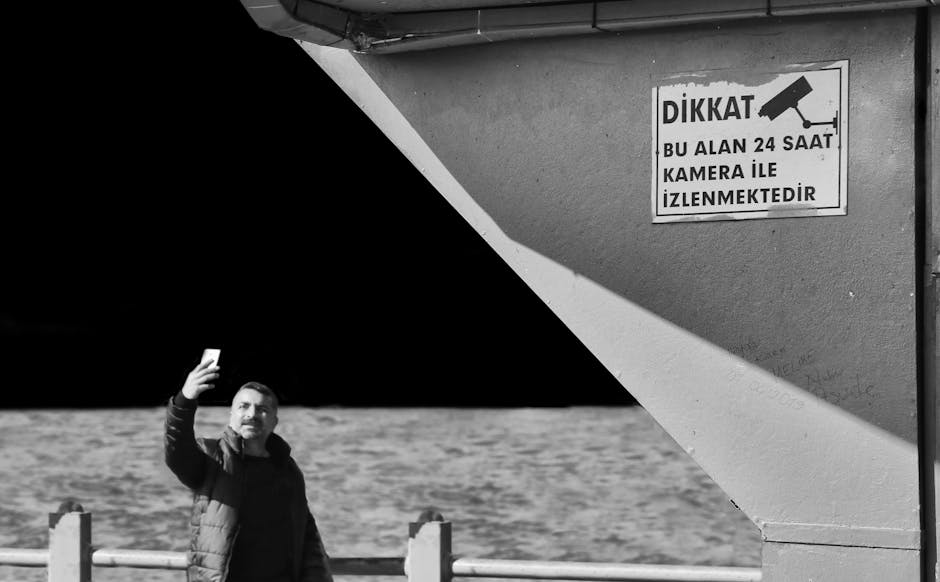Tornado Watch vs. Warning: Understanding the Difference and Staying Safe
Tornadoes are nature’s most violent storms, capable of causing widespread destruction and loss of life. Knowing the difference between a tornado watch and a tornado warning is crucial for protecting yourself and your loved ones. While both indicate the potential for tornadoes, they signify different levels of risk and require different responses.

Understanding Tornado Watches
A tornado watch means that conditions are favorable for tornadoes to develop in and near the watch area. Think of it as a heightened alert, a heads-up from the National Weather Service (NWS). It’s not a guarantee that a tornado will occur, but it indicates that the atmospheric conditions are ripe for their formation. These conditions might include significant instability in the atmosphere, strong wind shear (a change in wind speed or direction with height), and the presence of a strong jet stream. A watch typically covers a larger geographical area and lasts for several hours.
What to do during a tornado watch:
- Stay informed: Continuously monitor weather reports on radio, television, or NOAA weather radio.
- Review your safety plan: Familiarize yourself with your designated safe place, whether it’s a basement, interior room on the lowest level, or a sturdy storm shelter.
- Prepare your supplies: Gather essential items such as flashlights, batteries, water, and non-perishable food.
- Be aware of your surroundings: Pay close attention to weather changes, such as darkening skies, a sudden drop in temperature, or unusual cloud formations.
Understanding Tornado Warnings
A tornado warning signifies that a tornado has been sighted or indicated by weather radar. This is a much more serious alert, indicating an immediate threat to life and property. The warning is issued for a specific area and usually lasts for a shorter duration than a watch. The NWS provides specific information about the location and intensity of the suspected or confirmed tornado.
What to do during a tornado warning:
- Take immediate action: This is not the time to hesitate. Go to your designated safe place immediately.
- Stay away from windows: Avoid windows and exterior walls to protect yourself from flying debris.
- Seek shelter in a sturdy structure: If in a mobile home, seek shelter elsewhere immediately. Basements are ideal, followed by interior rooms on the lowest floor.
- Protect yourself from flying debris: Cover yourself with a blanket or mattress.
- Stay informed: Continue to monitor weather reports for updates on the tornado’s path and intensity.
Key Differences Summarized
| Feature | Tornado Watch | Tornado Warning |
|---|---|---|
| Meaning | Conditions are favorable for tornadoes to develop. | A tornado has been sighted or indicated by radar. |
| Urgency | Prepare and monitor the situation. | Take immediate action; seek shelter immediately. |
| Area Covered | Larger geographical area. | Smaller, more specific area. |
| Duration | Several hours. | Shorter duration, often minutes to an hour. |
| Action Required | Review safety plan, monitor weather. | Seek immediate shelter. |
Beyond Watches and Warnings: Staying Prepared
Understanding the difference between a tornado watch and warning is just the first step in protecting yourself. Proactive preparation is crucial. Developing a family emergency plan, including designated safe rooms, communication strategies, and supply kits, will dramatically increase your chances of surviving a tornado. Regularly practicing your plan will ensure everyone in your family knows what to do in the event of a tornado.

Building a Family Emergency Plan:
- Identify safe rooms: Determine the safest location in your home for shelter.
- Assemble an emergency kit: Include water, non-perishable food, first-aid supplies, flashlights, batteries, and a radio.
- Establish communication methods: Designate an out-of-state contact person for family members to check in with.
- Practice your plan: Regularly conduct drills to familiarize everyone with the procedures.
- Stay informed: Subscribe to weather alerts and download a weather app on your smartphone.
Understanding Tornado Intensity: The Enhanced Fujita Scale
Tornadoes are classified using the Enhanced Fujita (EF) scale, which rates them based on wind speed and damage caused. Understanding the EF scale can help you assess the severity of a threat and adjust your actions accordingly. The scale ranges from EF0 (weakest) to EF5 (strongest), with EF5 tornadoes capable of causing near-total destruction.
Conclusion
A tornado watch and warning are not interchangeable terms. A watch indicates the possibility of tornadoes, allowing for preparation. A warning, however, demands immediate action to seek shelter and protect yourself from a likely imminent threat. Understanding these distinctions, coupled with proactive preparedness, is vital for ensuring your safety during tornado season.


